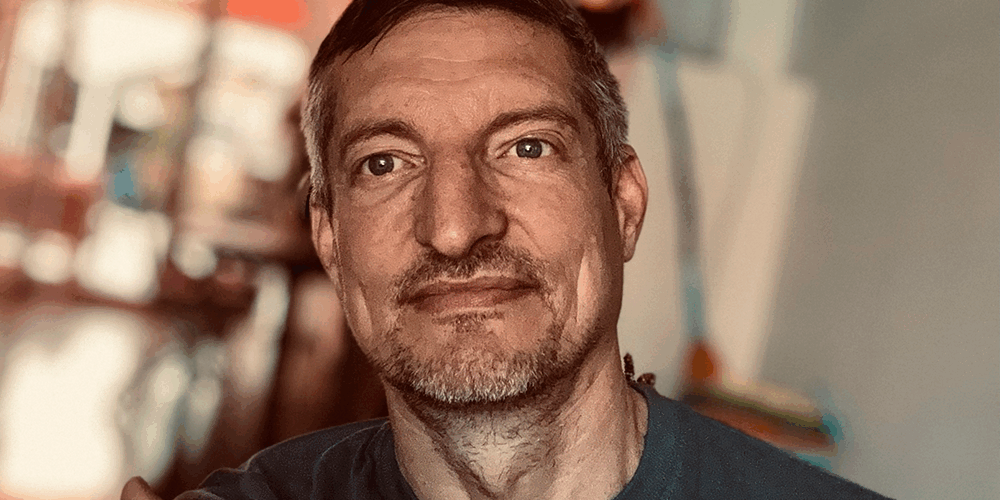NATO’s Strategy of Quiet Expansion and the Stories Left Out
NATO hasn’t launched a high-profile military intervention in recent years. But that doesn’t mean it’s inactive.
From massive troop deployments across Eastern Europe to coordinated arms transfers and war games near active front lines, NATO’s influence is growing—not through declared war, but through posture, presence, and perception.
Yet the public hears little of this. There’s no civilian casualty tracker. No meaningful public scrutiny.
Instead, there are summits, soundbites, and photo-ops—designed to reassure the public that NATO is securing peace. But real peace doesn’t need silence to survive. Power does.
What is NATO’s Strategy Showing Us Today (2022–2025):
- 1. Forward Troop Deployment – Permanent battlegroups stationed across Eastern Europe (Latvia, Poland, Romania, Bulgaria, etc.)
- 2. Proxy Coordination – NATO members are supplying weapons, training, and intelligence to Ukraine—coordinated but not formally claimed as NATO missions.
- 3. Massive War Games – Exercises like Steadfast Defender simulate direct conflict near Russia’s borders—rarely reported in the press.
- 4. Cyber & Intelligence Operations – NATO’s Cyber Operations Centre and hybrid warfare capabilities have grown rapidly, with little public transparency.
- 5. Narrative Control & PR Strategy – NATO manages its own media pipeline, limits independent access, and tightly curates its public messaging—shaping perception across member states.
⚠️ Where Accountability Falls Short:
- NATO does release internal annual reports focused on budgets and operational readiness—but not on the human consequences of its decisions.
- There is no public civilian casualty tracking, no independent oversight of forward deployments, and no redress mechanism for those harmed by NATO-coordinated actions.
- Victims of past NATO bombings (e.g. Libya, Afghanistan) have never received formal apology or compensation.
So yes—there are reports. But they’re not about justice. They’re about compliance.
And that’s not the same as accountability.
Explore Further about Military’s Climate of Conflict:
- NATO Annual Reports – Official Site
- NATO and the Media – Transnational Institute
- The Civilian Cost of NATO Operations – Amnesty International
- CEOBS – Military Emissions and Oversight
Take Action:
- Share this video with someone who’s only seen NATO’s public face
- Seek out independent journalism that questions power
- Center the voices of those most impacted, not just those most televised
My Reflections
“As an artist and citizen, I believe accountability isn’t just about how budgets are spent—it’s about how lives are affected. Silence, like violence, always has a direction. When institutions go unchecked, we have to be the ones who speak up.”
#PeaceNotPosture





Add comment